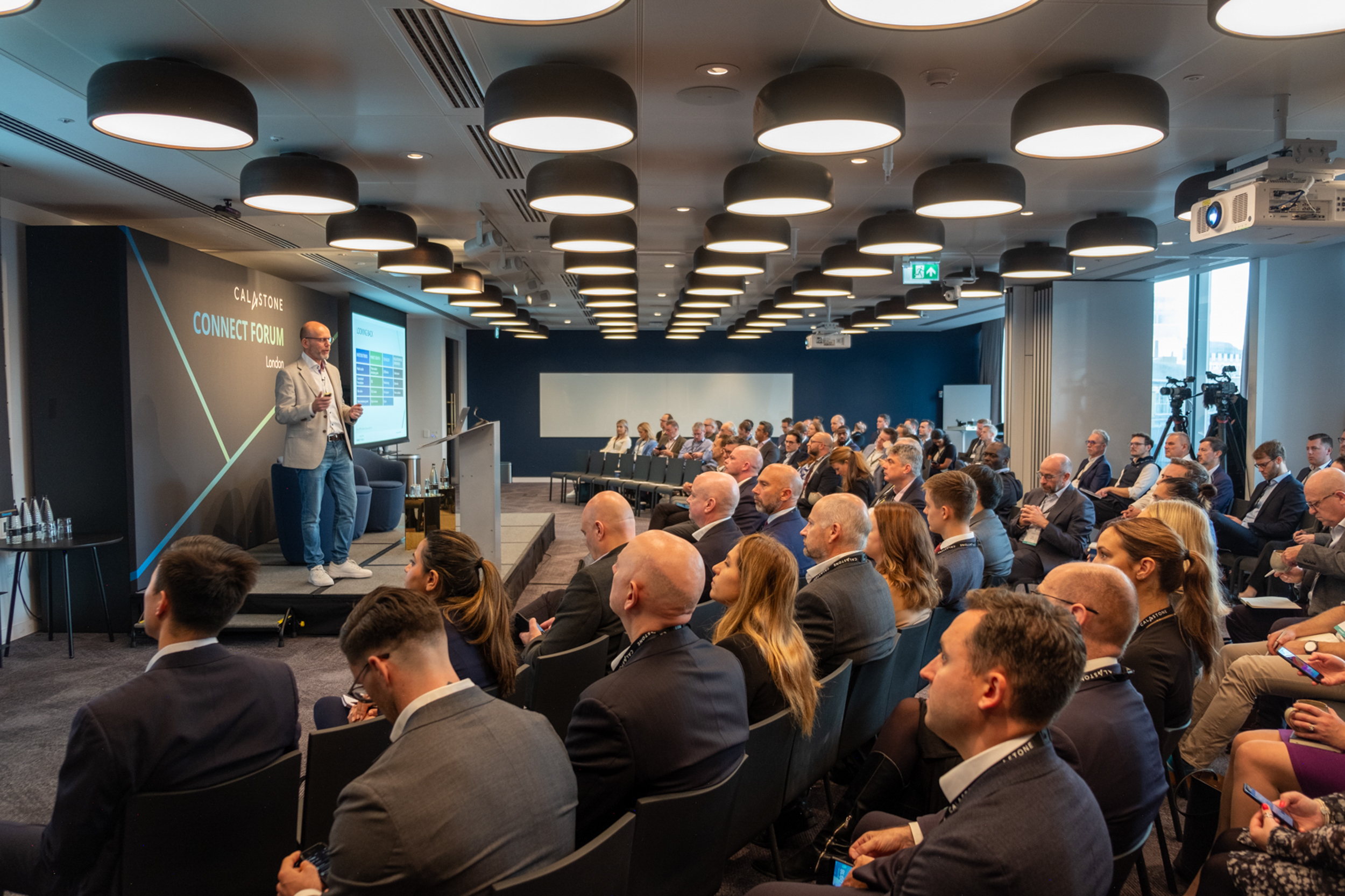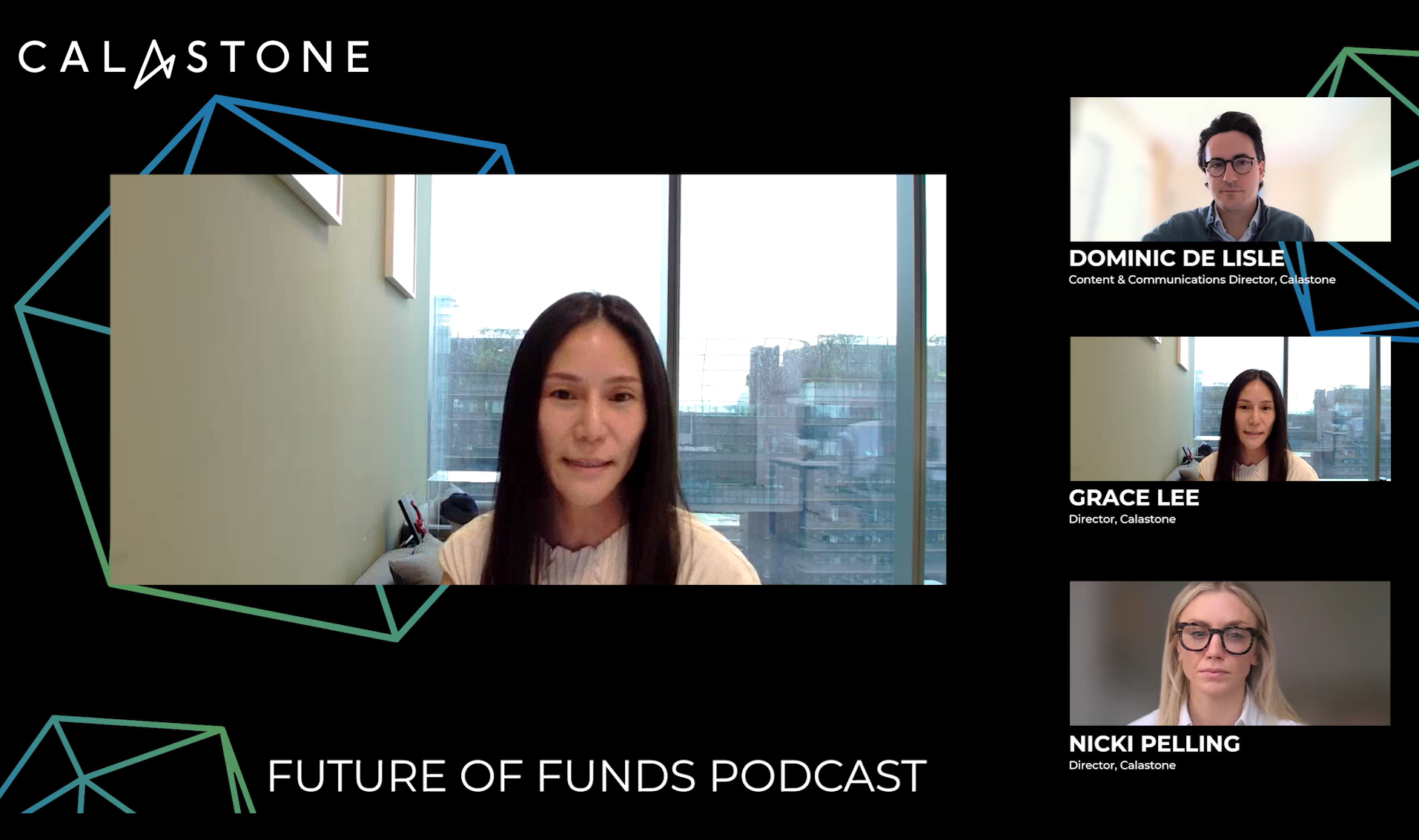The path to making tokenisation a reality in Singapore hinges on robust collaboration between businesses and regulators. In order to succeed in this space, businesses need to understand and navigate the regulatory landscape to operate within it effectively and efficiently, while regulators need to work closely with businesses to provide the right framework for the successful adoption and implementation of tokenisation.
Asset managers and service providers see tokenised funds as the main vehicle for launching both active and passive funds within the next six to seven years. While some firms cite regulatory uncertainty as a reason for caution, others are using it as a springboard to innovate. Therefore, understanding the regulatory context is essential for leveraging tokenisation to its full potential.
Singapore has been at the forefront of regulatory initiatives for distributed ledger technology (DLT), ensuring that the various players in these regions can capitalise on the new technology and new business models afforded by tokenised investments. Singapore’s success stems from the close collaboration between the regulator, the Monetary Authority of Singapore (MAS), and industry players.
Through continuous dialogue with various stakeholders, the MAS has been able to continually address challenges and refine regulations, creating a supportive environment for digital assets. This approach has led to the implementation of sandbox initiatives and the issuance of licences to blockchain-based projects, including the first public chain business models.
On the innovation front, several pilot projects have started to explore the practical applications of blockchain in capital markets. For example, MAS’s Project Guardian initiative aims to build a responsible and innovative digital asset ecosystem by supporting global efforts in testing the feasibility of tokenised assets.
The MAS is also collaborating with international policymakers and financial institutions to design an open, digital infrastructure – Global Layer One (GL1) – to facilitate seamless cross-border transactions and enable tokenised assets to be traded across global liquidity pools while adhering to relevant regulatory requirements and guidelines.
However, an often-overlooked aspect about DLT is that it is not just about the technology; it is also about the ecosystem. It is important to balance abstract thinking with practical implementation.
With DLT, the goal is to streamline fundamental processes such as buying, selling, holding, and valuing assets in a more efficient way. This means that we need to rethink the strategies for asset management such that they leverage on the strengths of DLT.
Understanding the unique needs and behaviours of different asset classes is essential too. Each asset type may require tailored approaches to tokenisation. By developing specific strategies for each asset class, we can optimise the benefits of DLT and create a more robust and adaptable asset management framework.
In addition, it is crucial to understand the impact of DLT at the organisational and departmental level, such as process changes, talent requirements, and technology needs. Firms must take into account user experience to ensure both end-users and institutional clients are comfortable with the new use cases introduced by DLT.
Those looking to implement tokenisation must think about the user experience – how will your end users and institutional clients get comfortable with such use cases? A clear understanding of the business goals for DLT is important as well.
The Australian Securities Exchange (ASX) experience with DLT provides a valuable lesson. In 2016, ASX set the ambitious goal of trying to replace its clearing and settlement system with a DLT-based solution, before calling it off in 2022. The problem was trying to replace a fundamental and complicated system wholesale.
This experience highlights the necessity of having a clear business use case, adopting an incremental implementation approach, and setting realistic expectations. While DLT holds significant potential, its integration into existing systems must be managed carefully to avoid overreach.
Having said that, the future of tokenisation looks promising, with regulatory environments gradually adapting to this new technology. Increased collaboration between regulators and industry players across different countries will lead to the development of global standards and best practices, creating a more cohesive ecosystem for digital assets and space for testing a broader range of use cases for tokenisation.
The path to tokenisation is not just a technological evolution, but a collaborative effort between the government, regulatory bodies, technology businesses and the asset management industry to create an environment of shared innovation and growth.
As we look ahead, the ongoing advancements and collaborations in this space, supported by innovators, will shape a future where digital assets transform investment markets worldwide.
(First published Regulation Asia August 2024: https://www.regulationasia.com/the-path-forward-making-tokenisation-a-reality-in-singapore/)




















